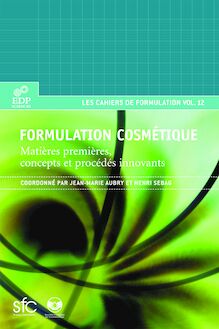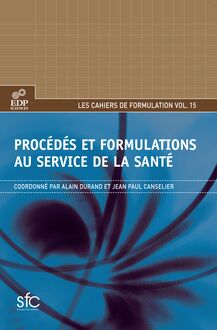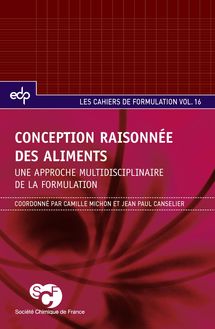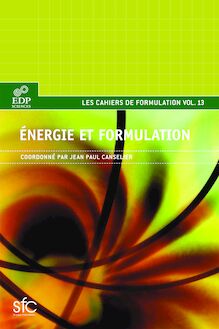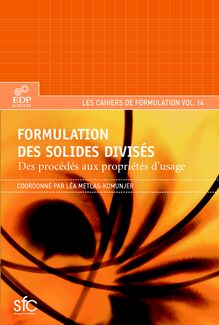Conception raisonnée des aliments , livre ebook
174
pages
Français
Ebooks
2013
Obtenez un accès à la bibliothèque pour le consulter en ligne En savoir plus
Découvre YouScribe en t'inscrivant gratuitement
Découvre YouScribe en t'inscrivant gratuitement
174
pages
Français
Ebooks
2013
Obtenez un accès à la bibliothèque pour le consulter en ligne En savoir plus
Publié par
Date de parution
01 avril 2013
Nombre de lectures
2
EAN13
9782759810352
Langue
Français
Poids de l'ouvrage
8 Mo
Ce 16e volume des Cahiers de Formulation rassemble douze des interventions effectuées lors des 14es Journées de Formulation, organisées à Paris par la Société Chimique de France.
Dans le présent volume, les avancées et spécificités de la conception raisonnée des produits dans le domaine alimentaire sont présentées tout en s’attachant à montrer les transferts possibles de ces approches vers les autres secteurs (chimie, cosmétique…). Au début de l’ouvrage, le lecteur est résolument placé dans une logique de formulation très spécifique aux aliments, avec la présentation des outils de la gastronomie moléculaire, leurs atouts en innovation et le lien possible avec les approches culinaires. Les sept chapitres de la première partie abordent les enjeux et les méthodologies possibles pour une démarche de formulation. Elle s’insère complètement dans le cycle de vie d’un aliment et tient compte de la diversité des consommateurs et de leurs attentes en termes de prix, d’apport nutritionnel, de plaisir, d’usage… La deuxième partie de ce volume s’attache, à travers des exemples d’études menées en lien avec des applications, à illustrer la force des approches multi-échelles intégrant les aspects produit/procédé.
Publié par
Date de parution
01 avril 2013
Nombre de lectures
2
EAN13
9782759810352
Langue
Français
Poids de l'ouvrage
8 Mo
